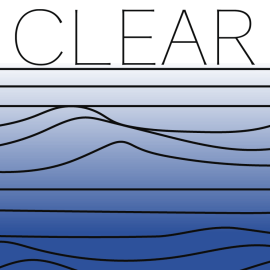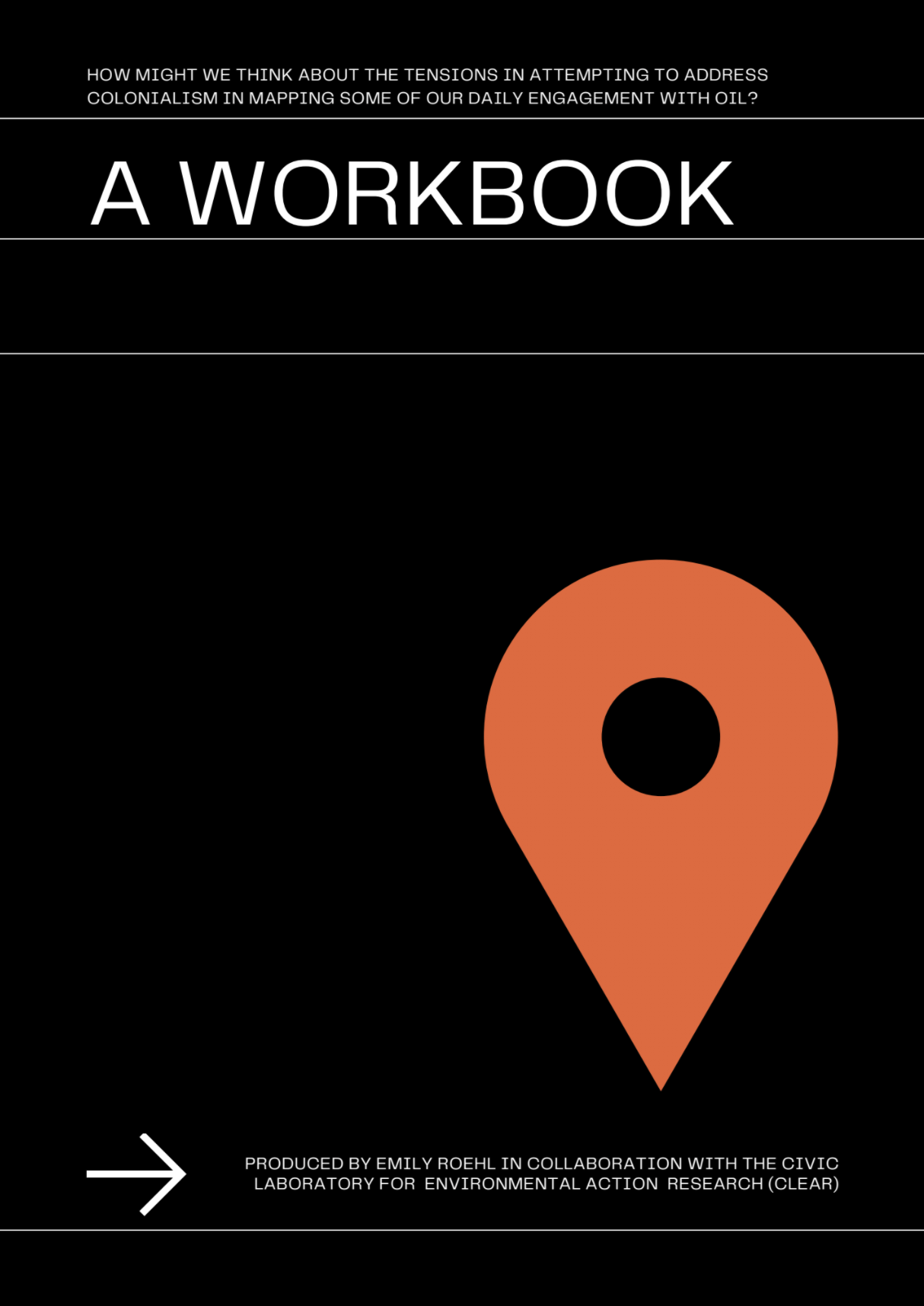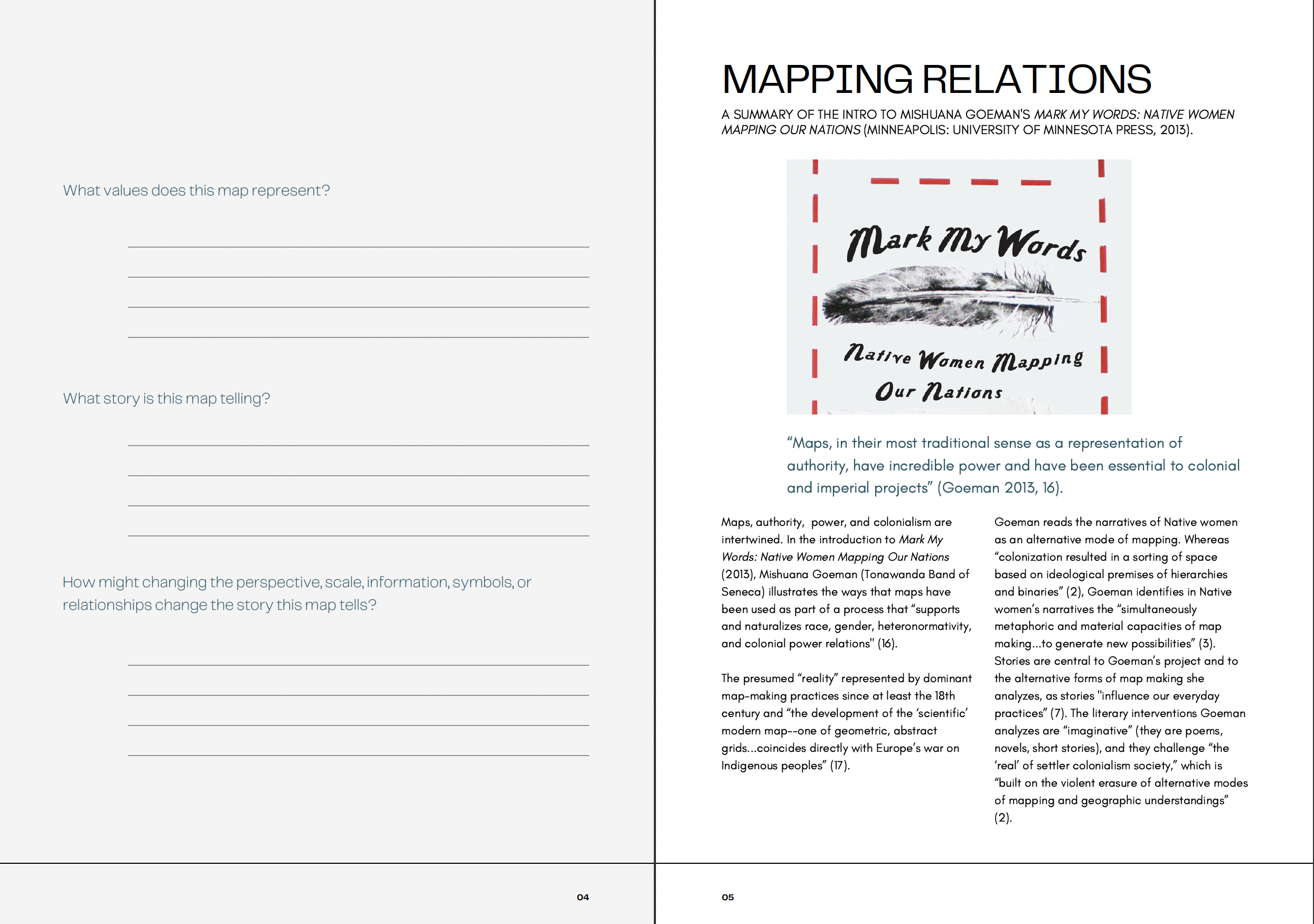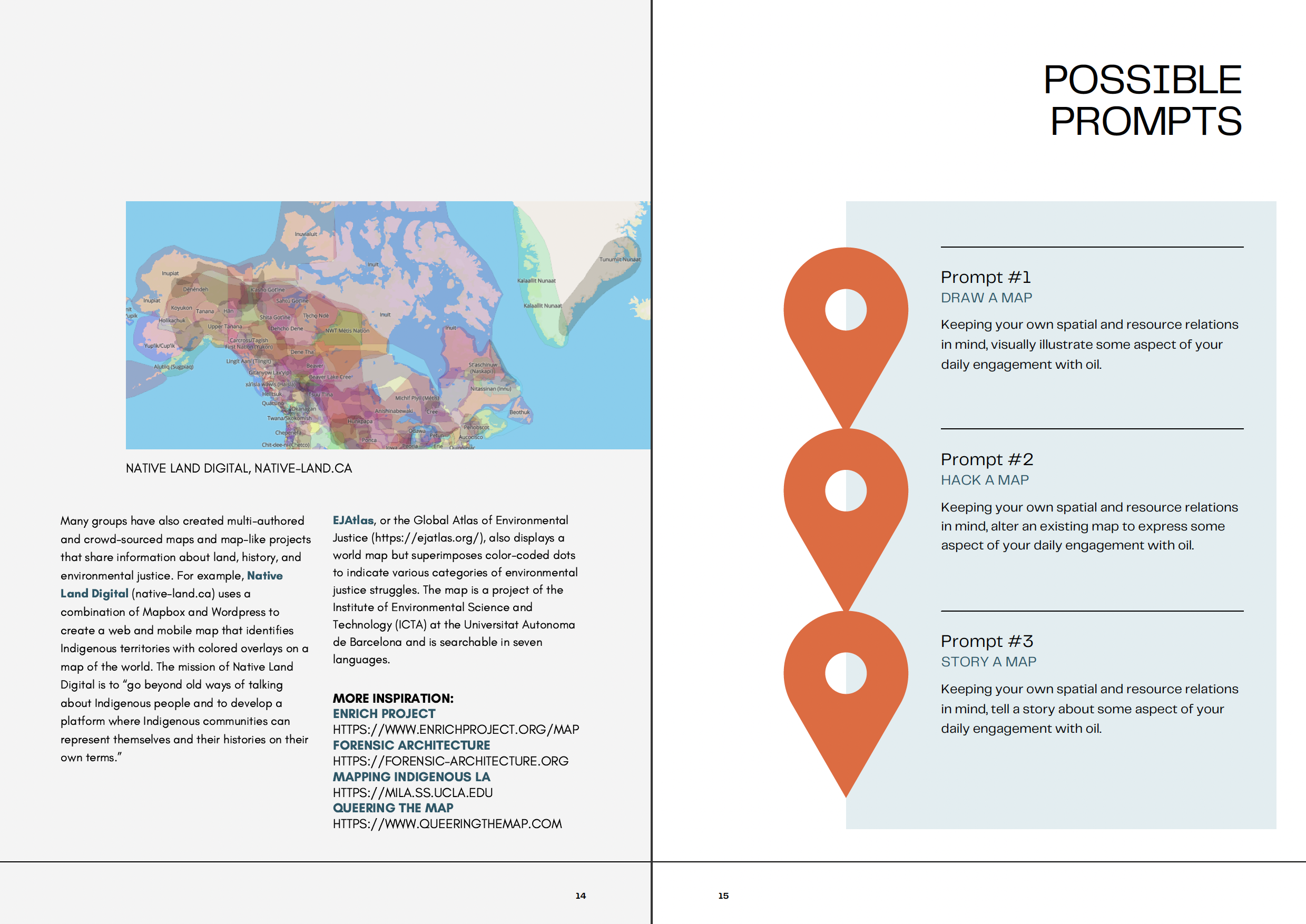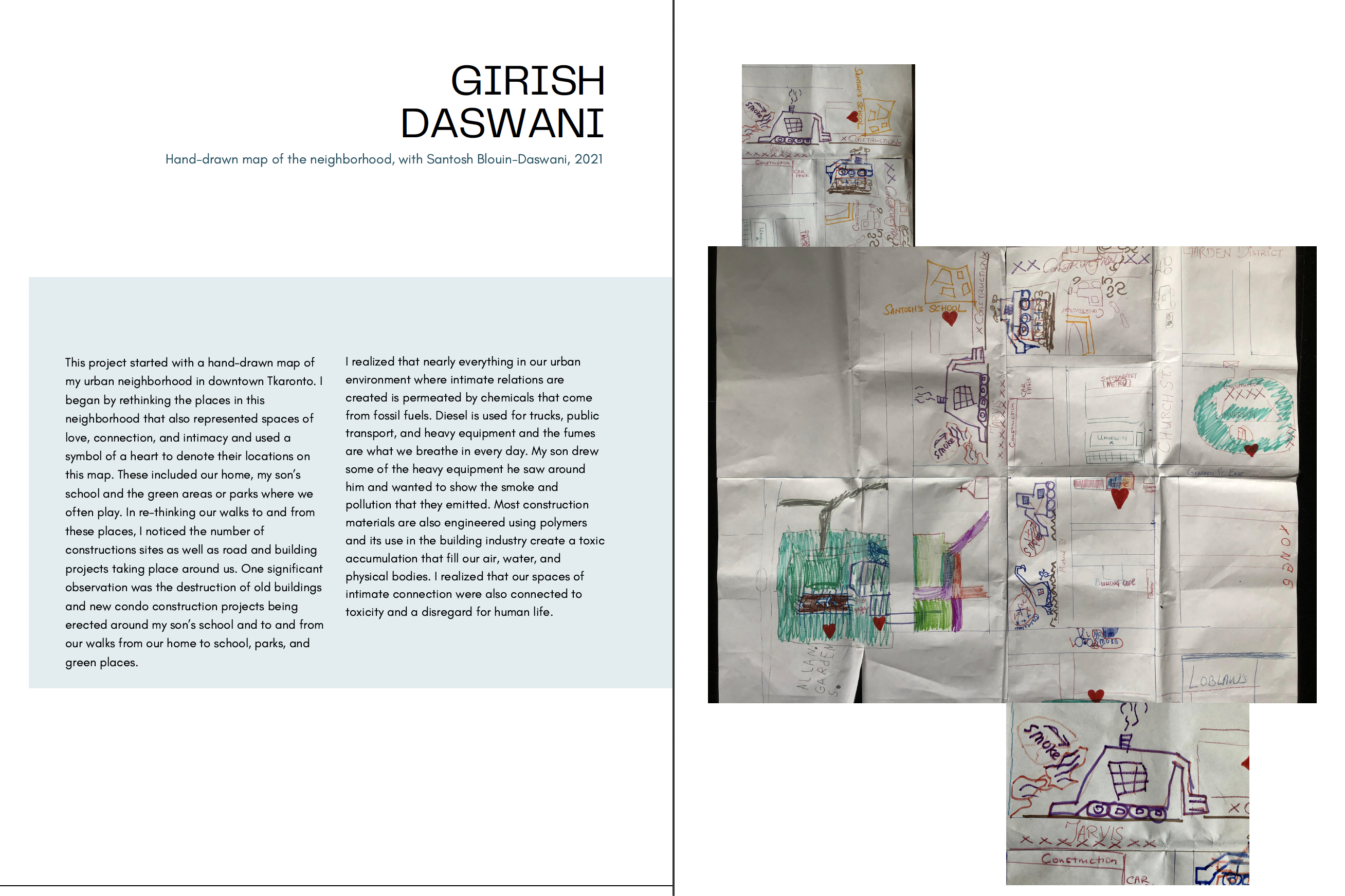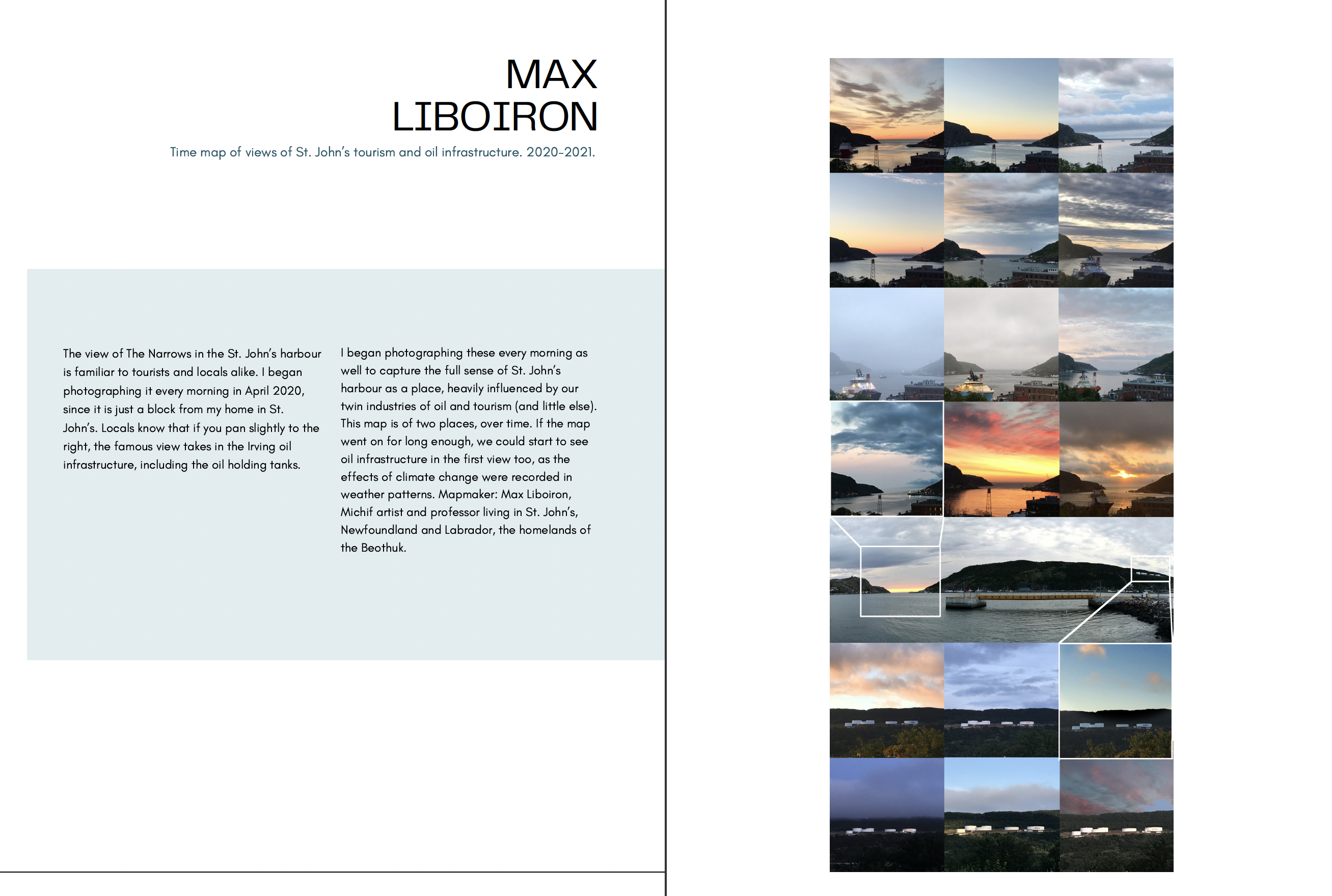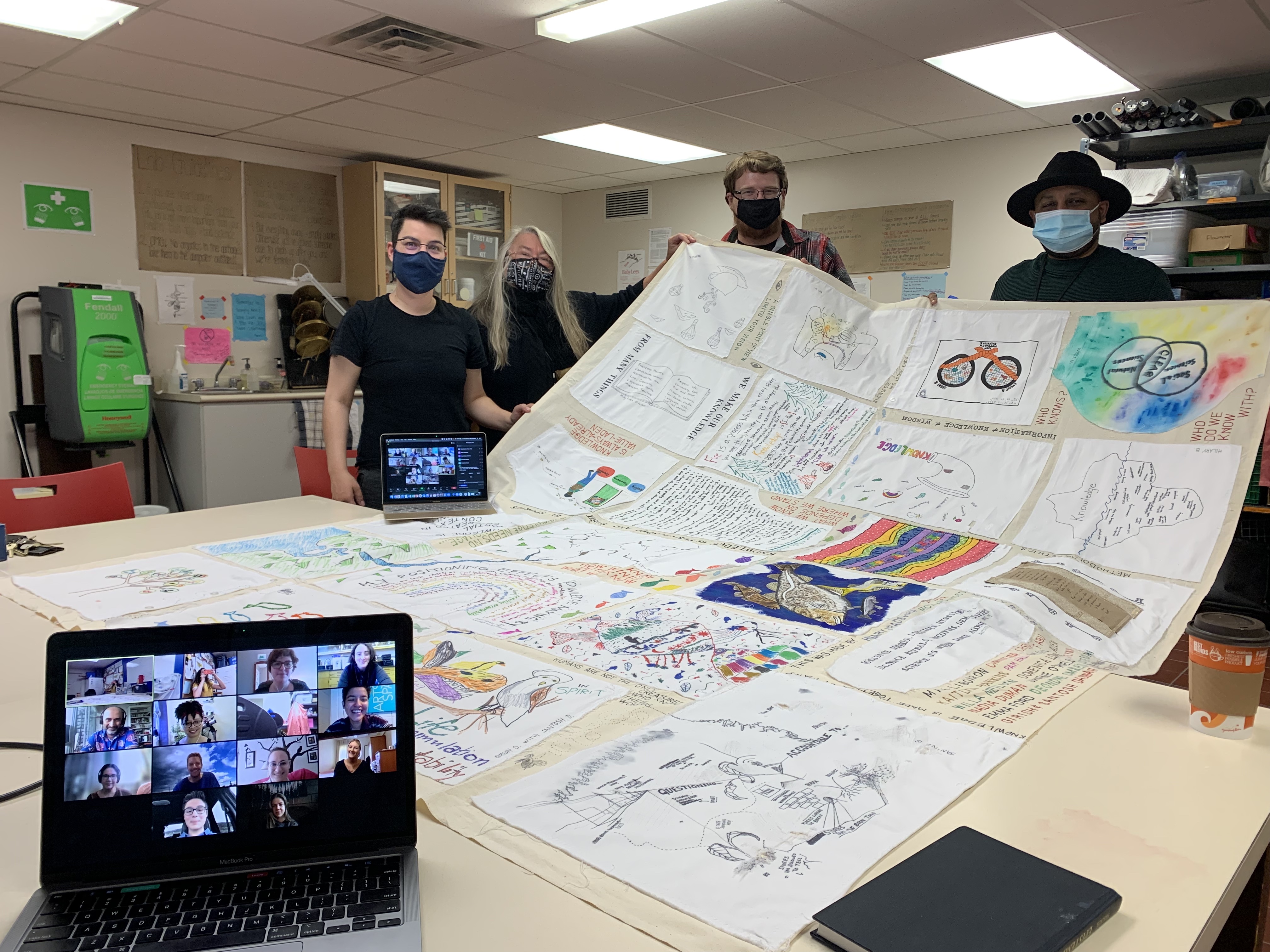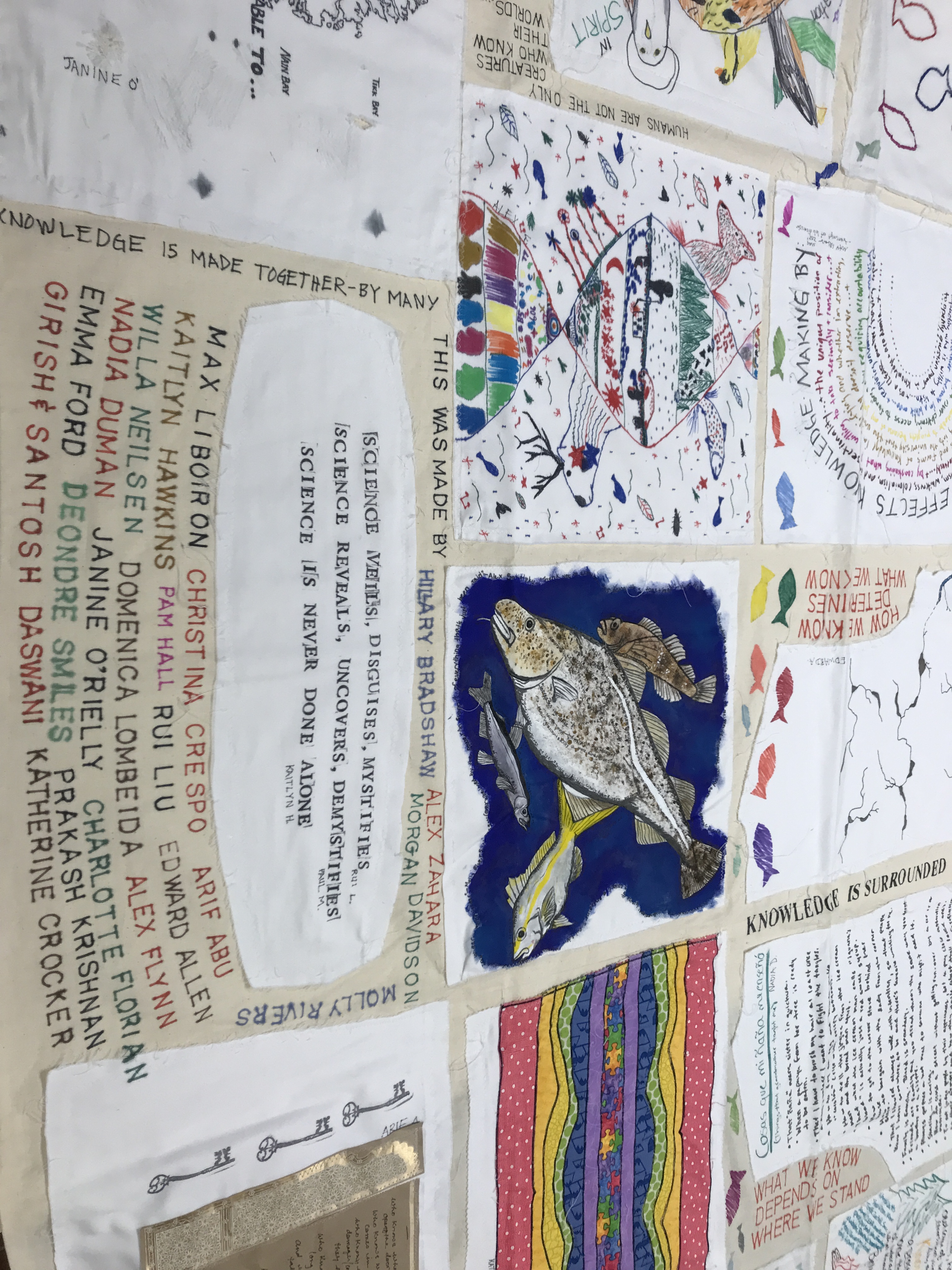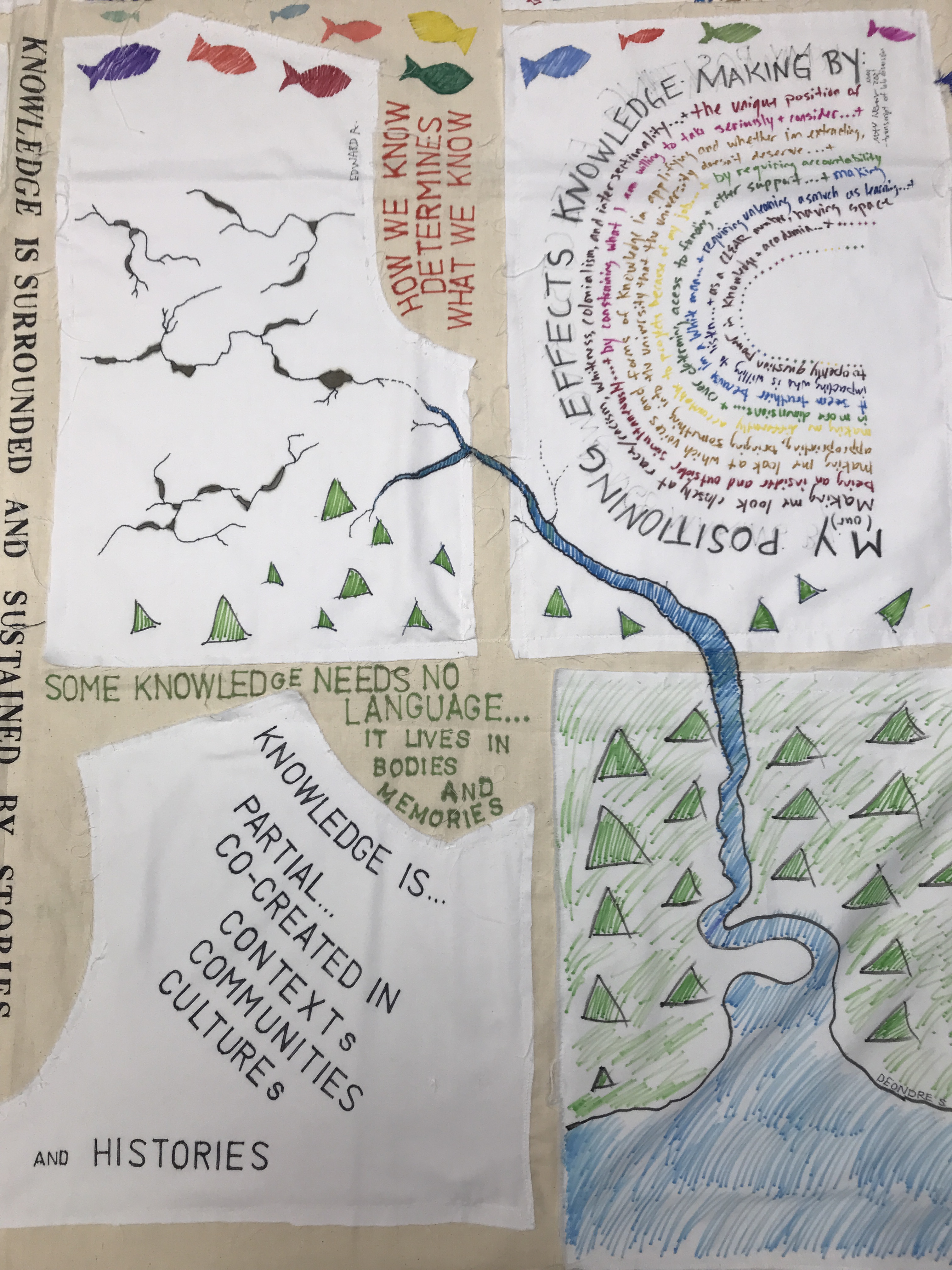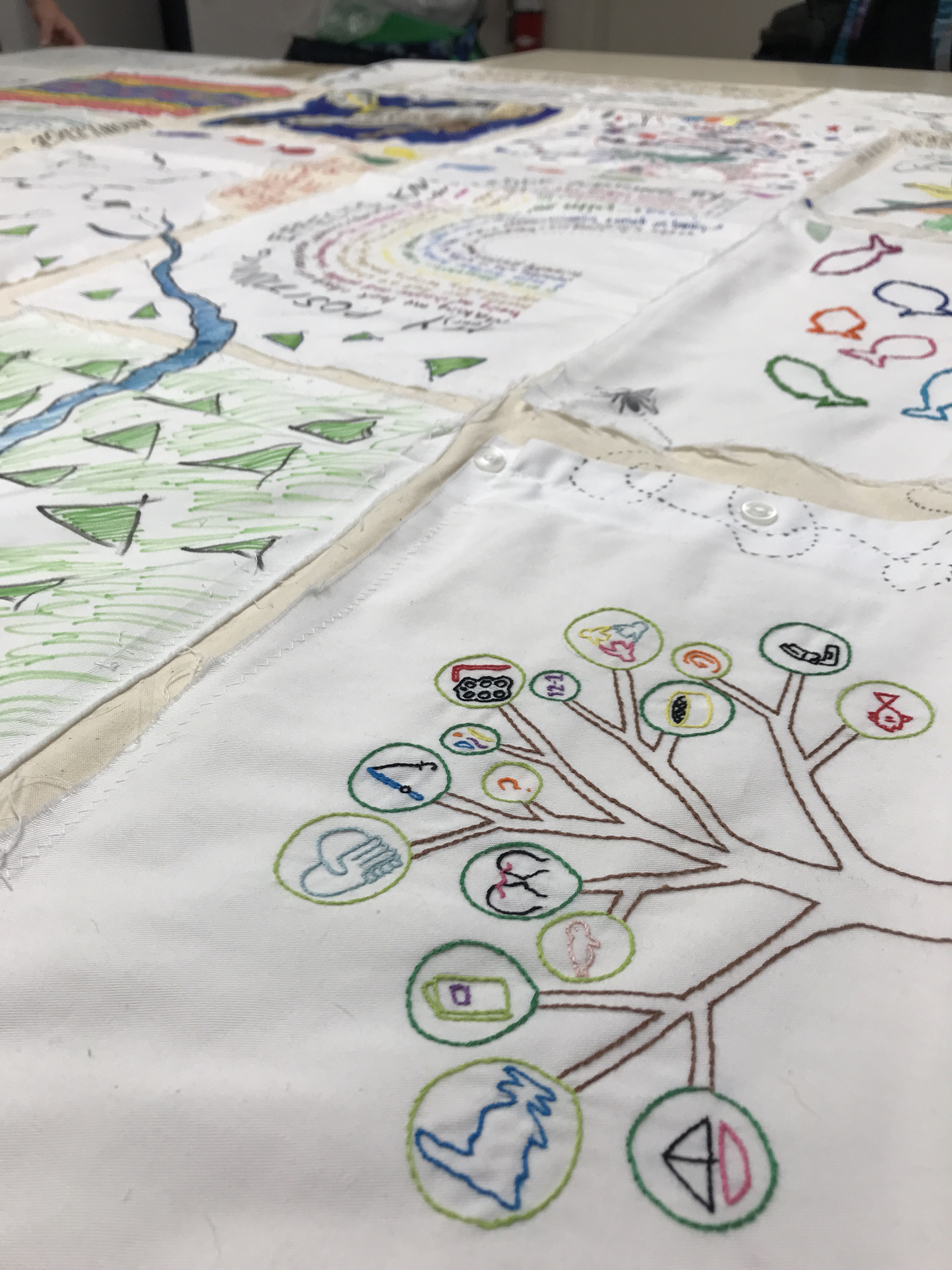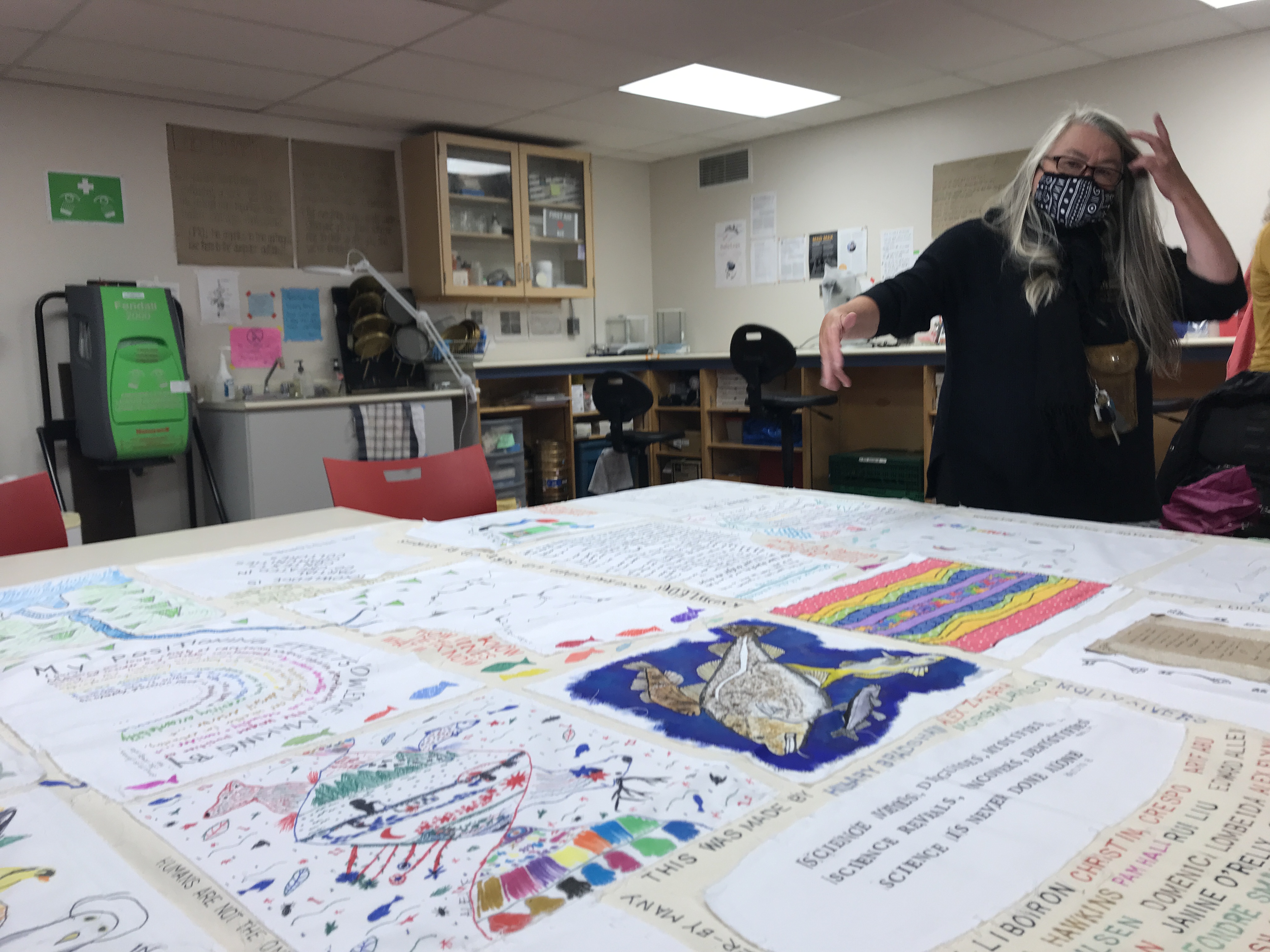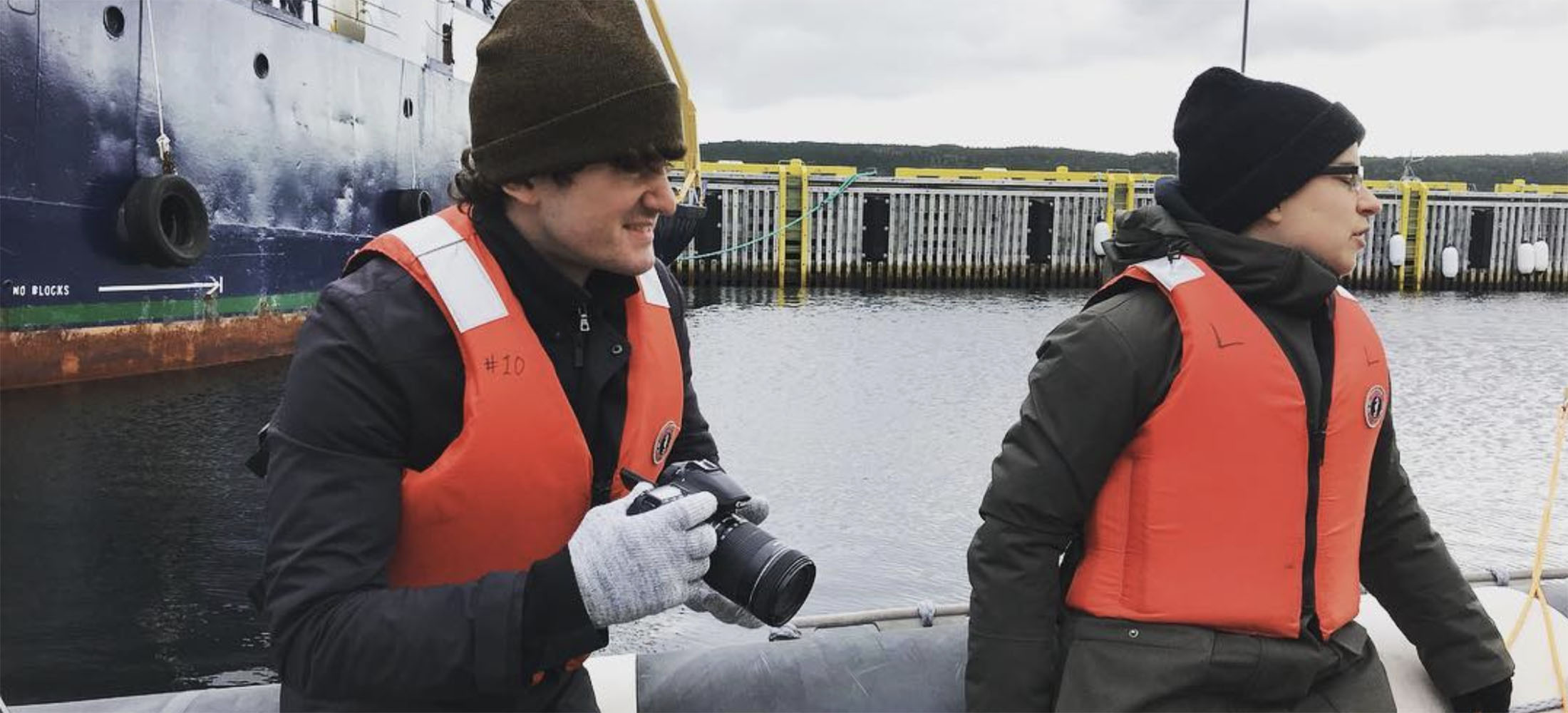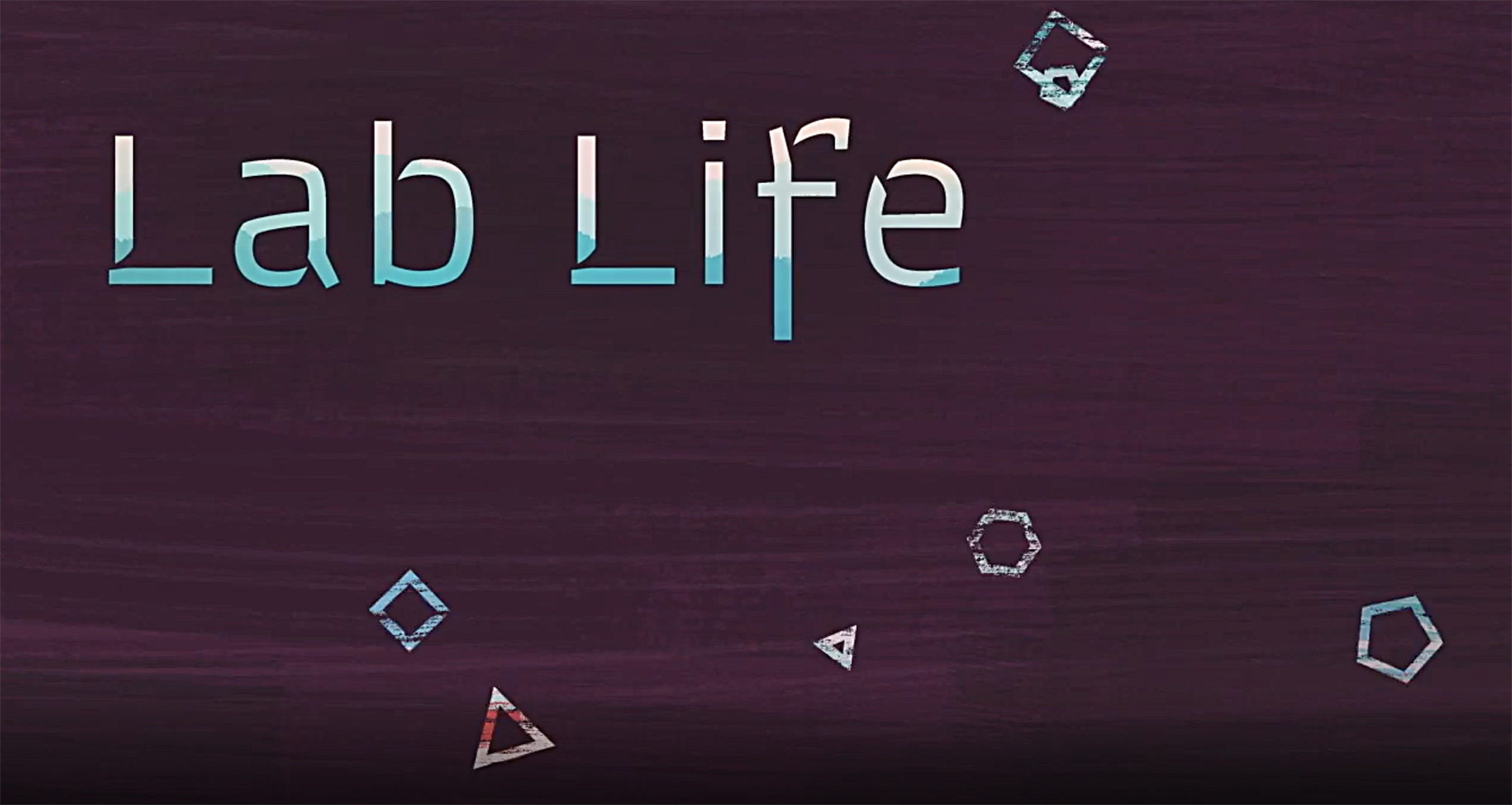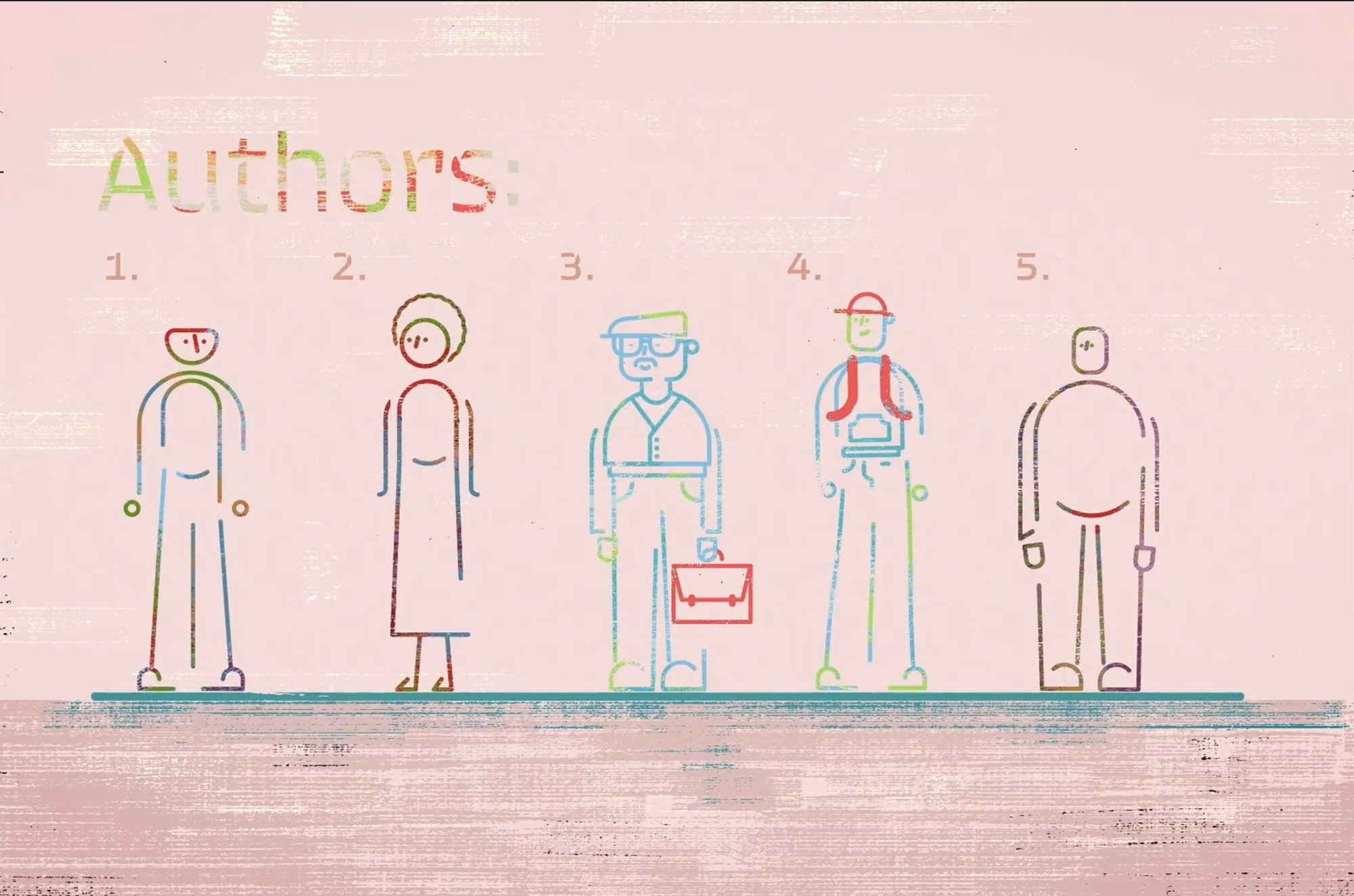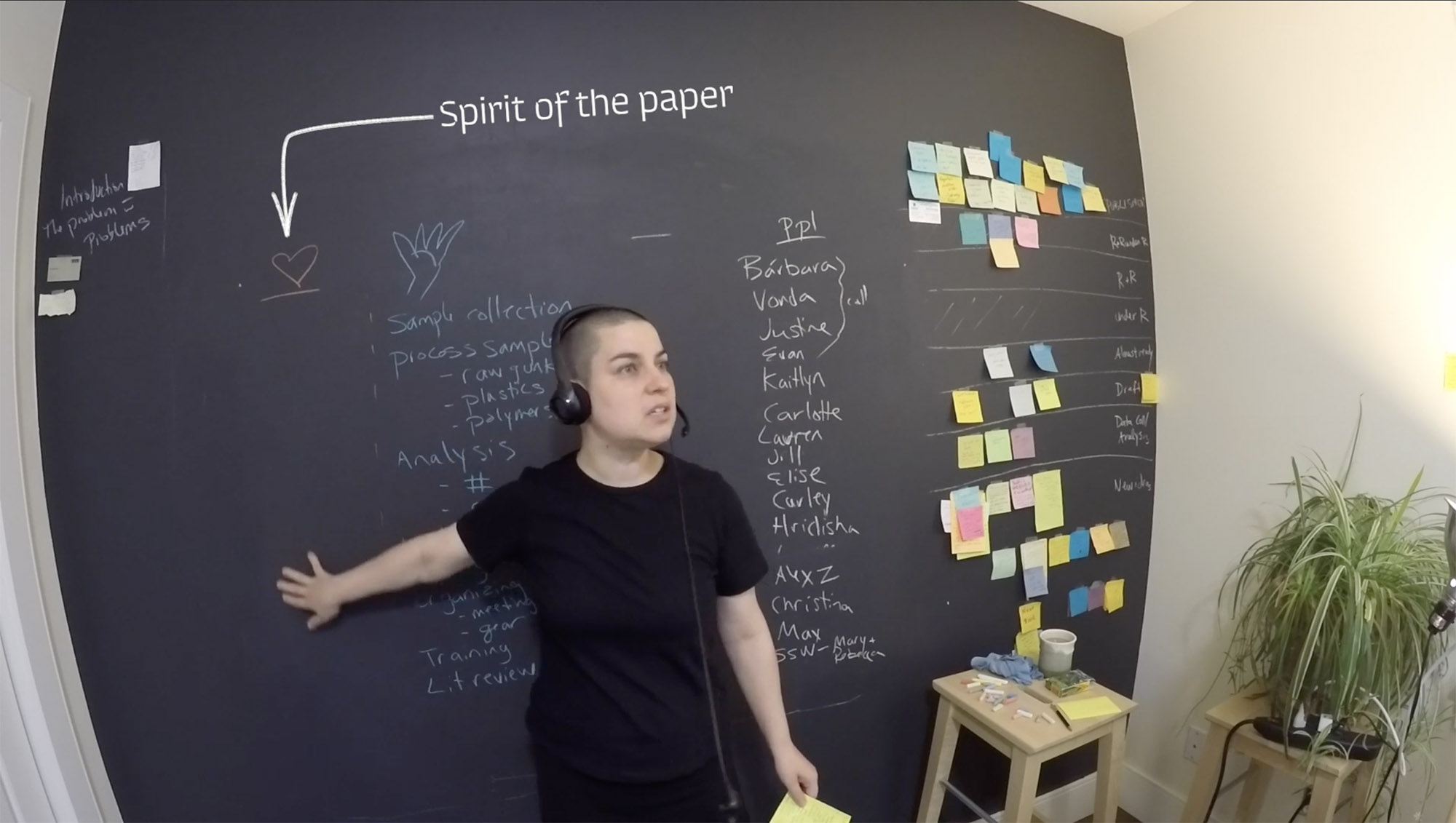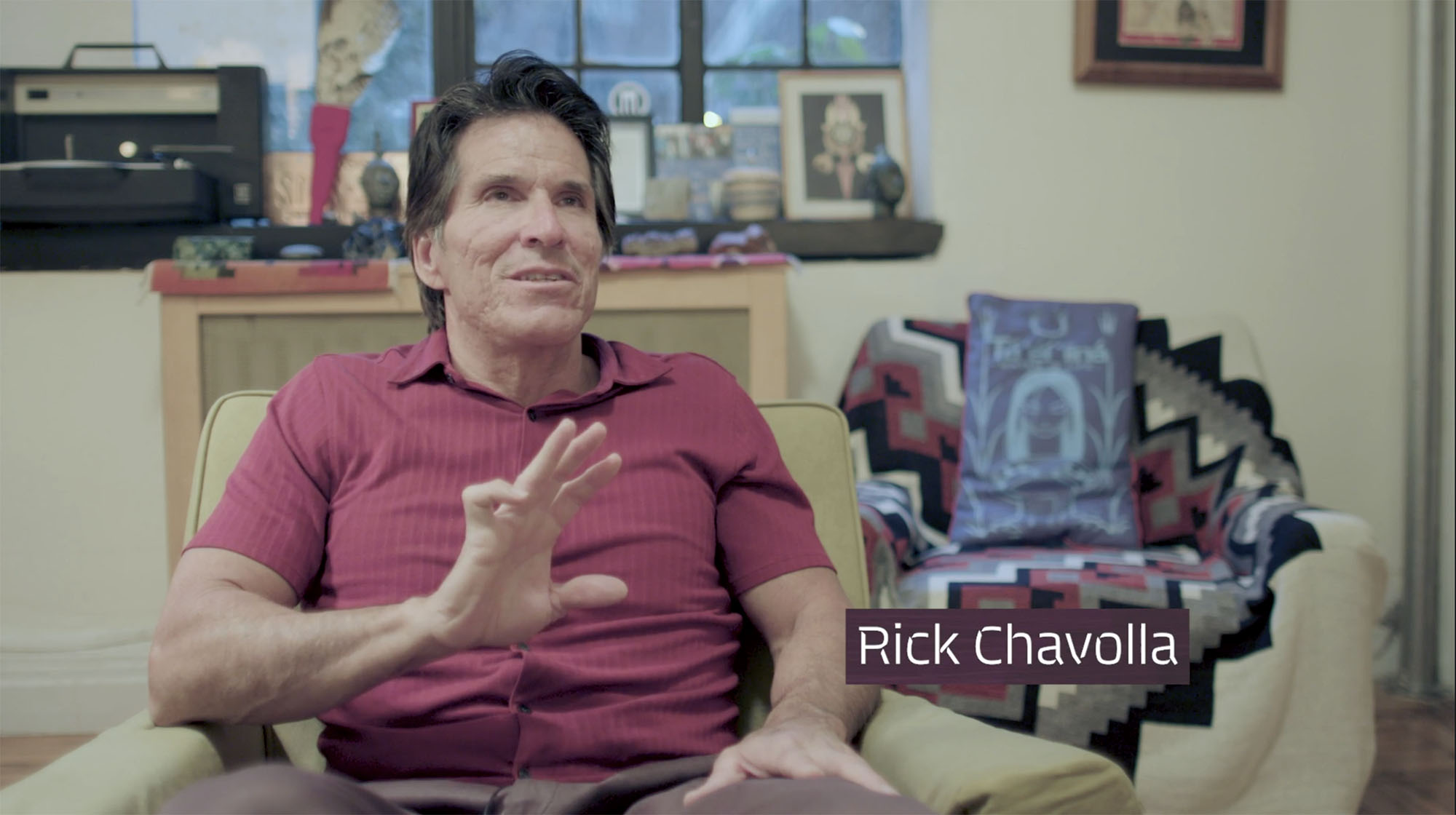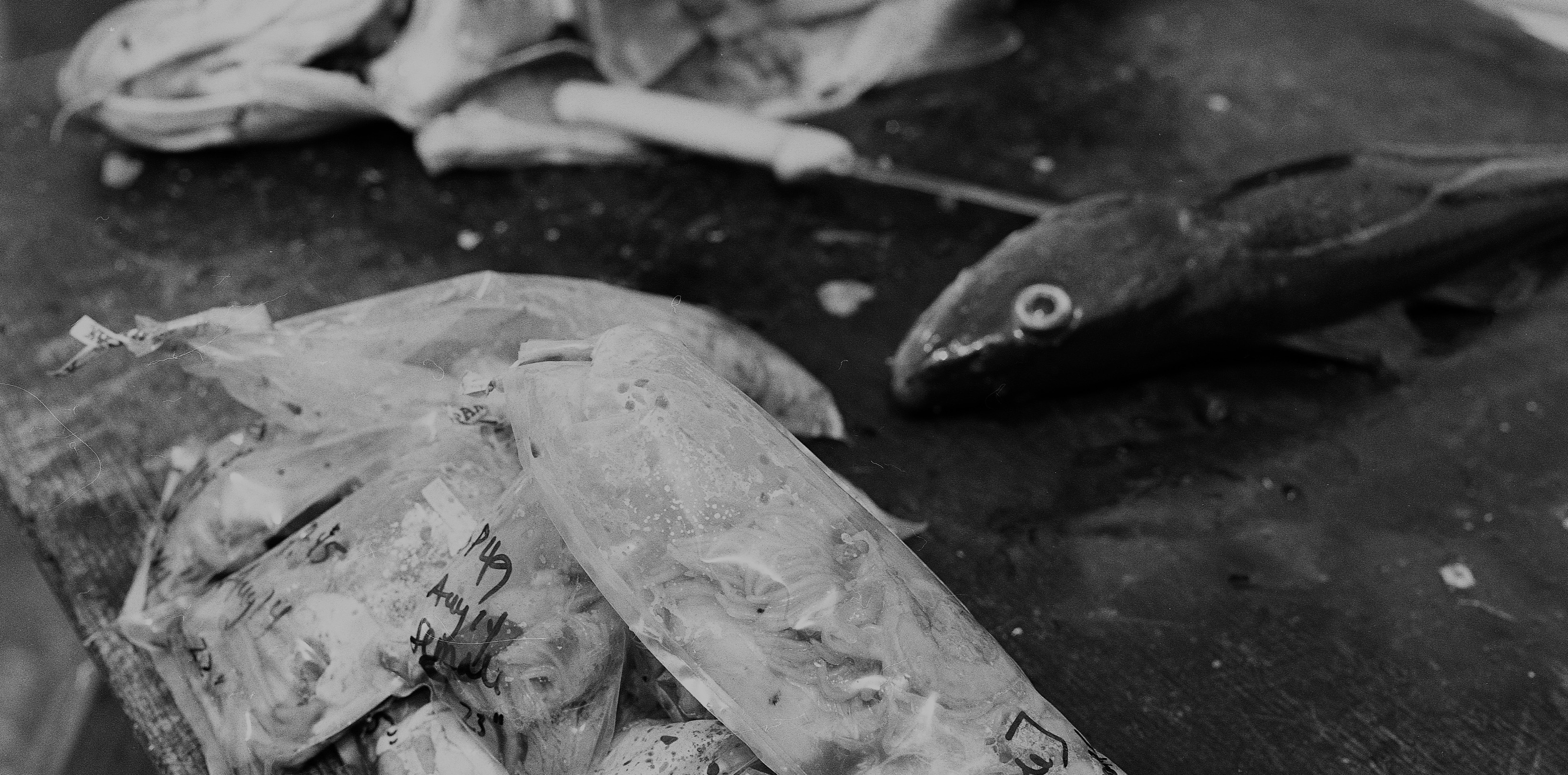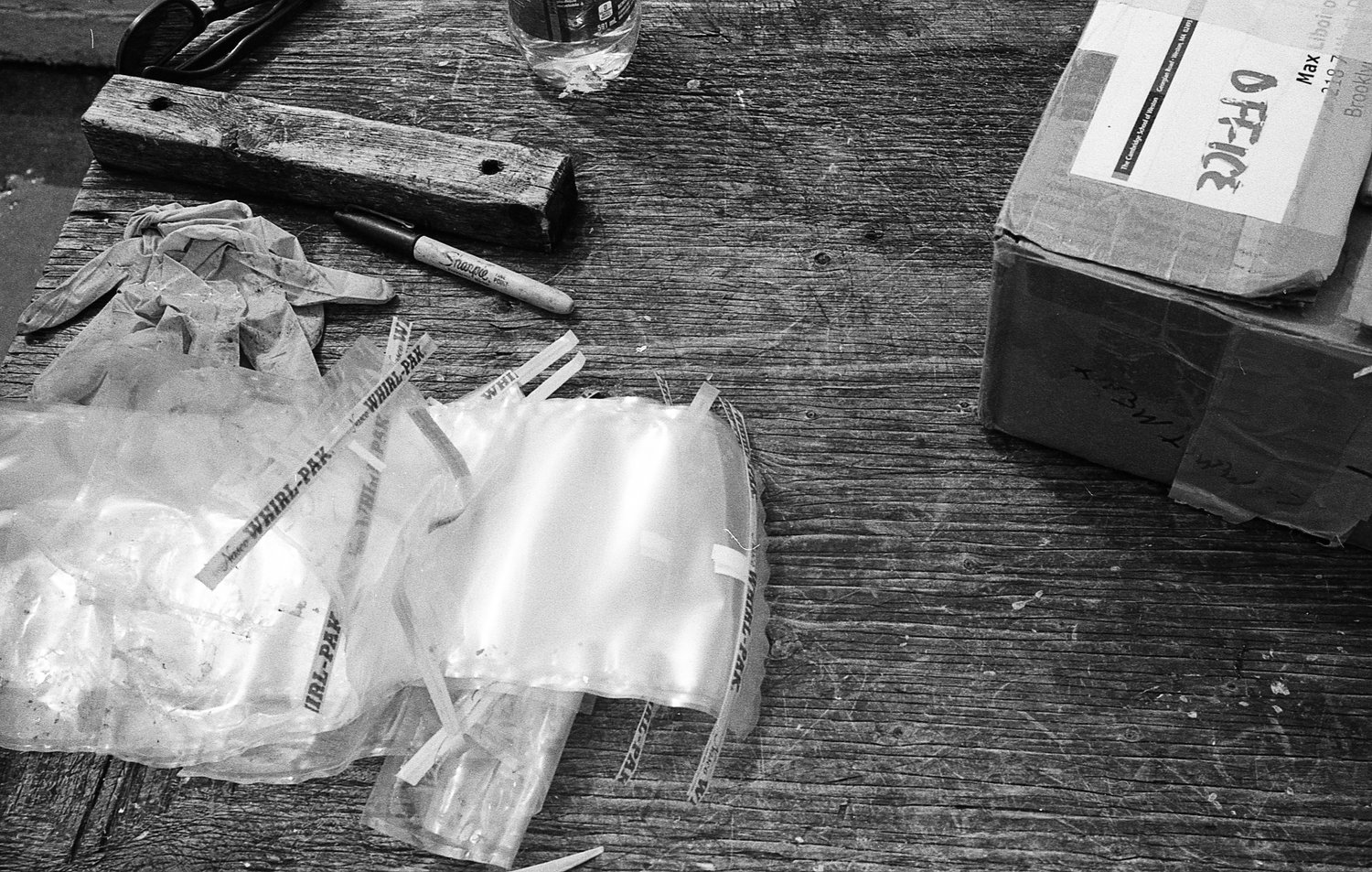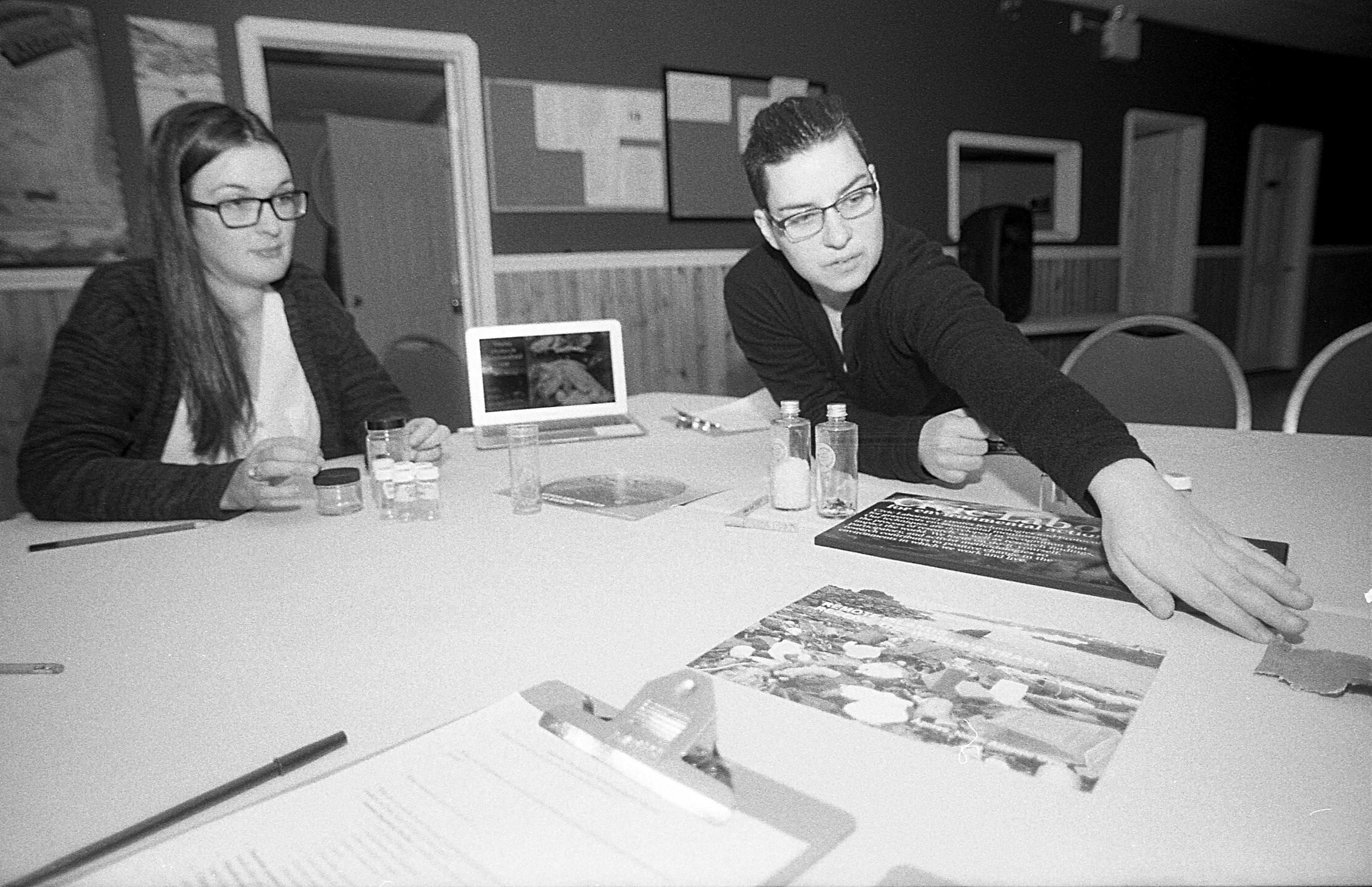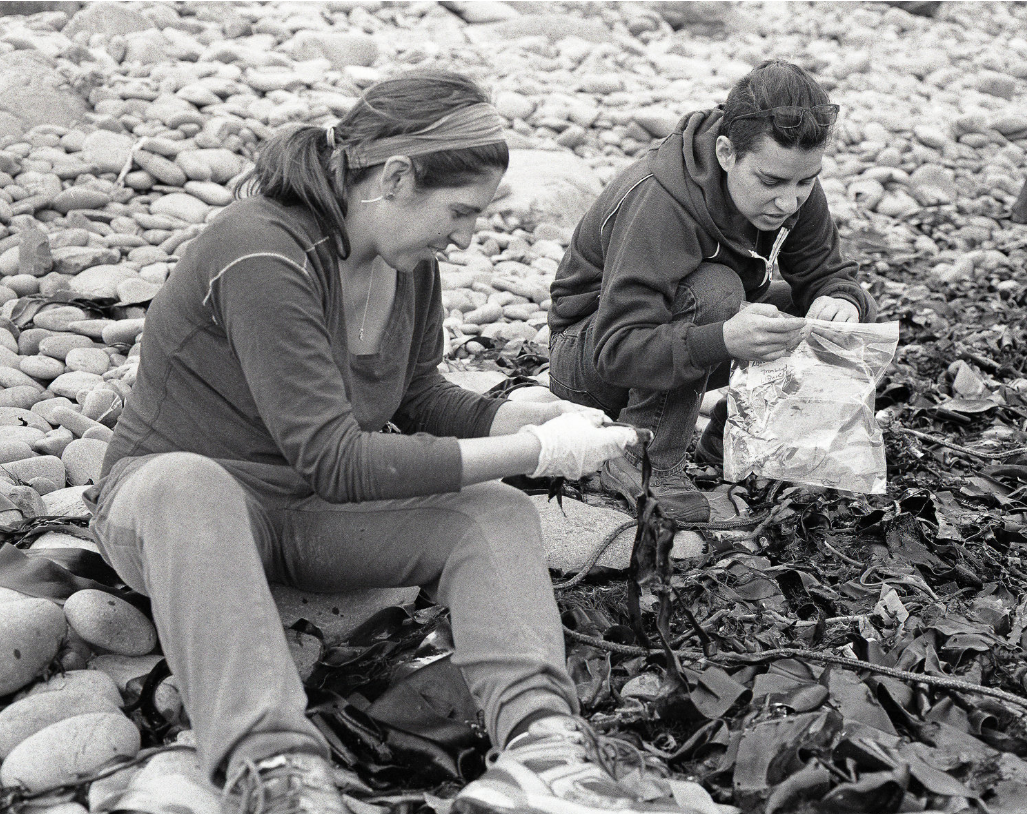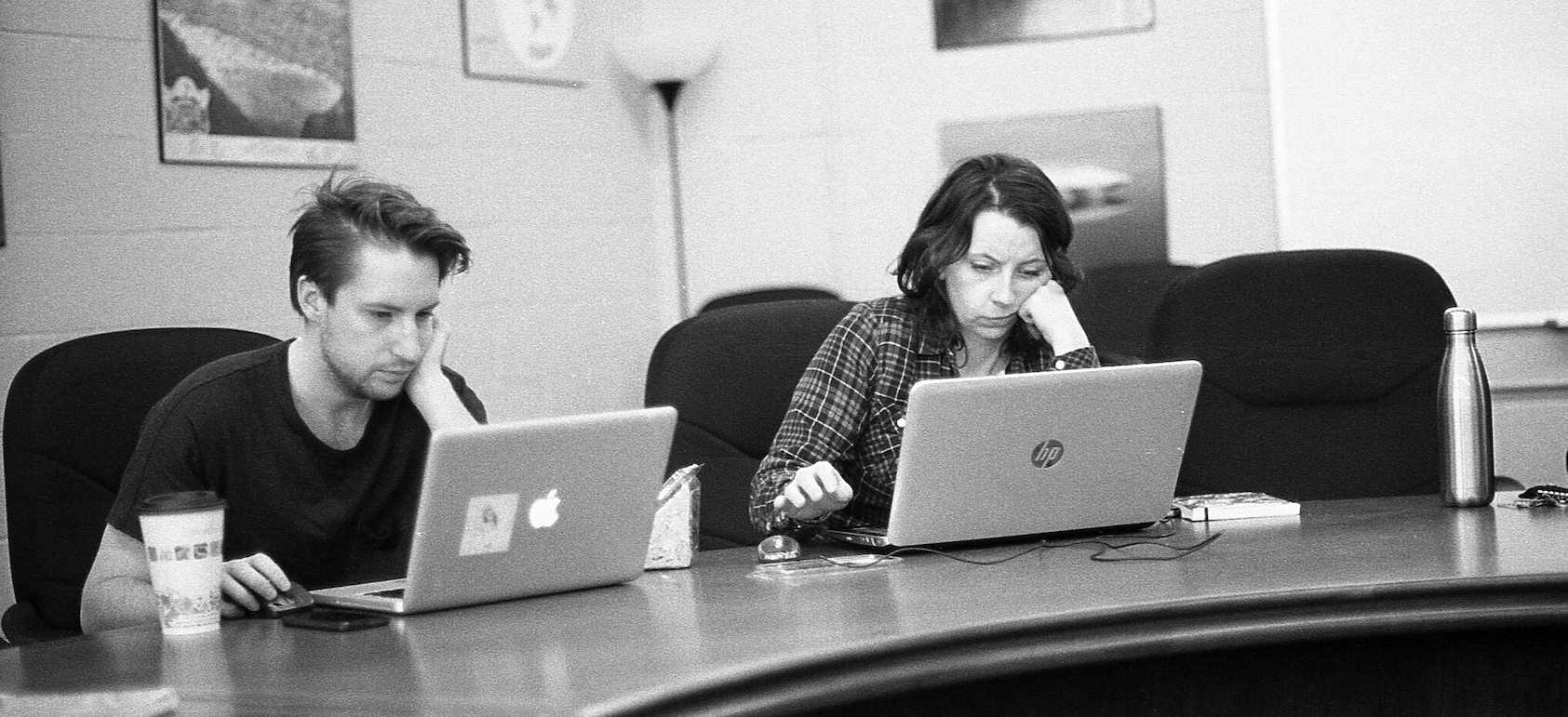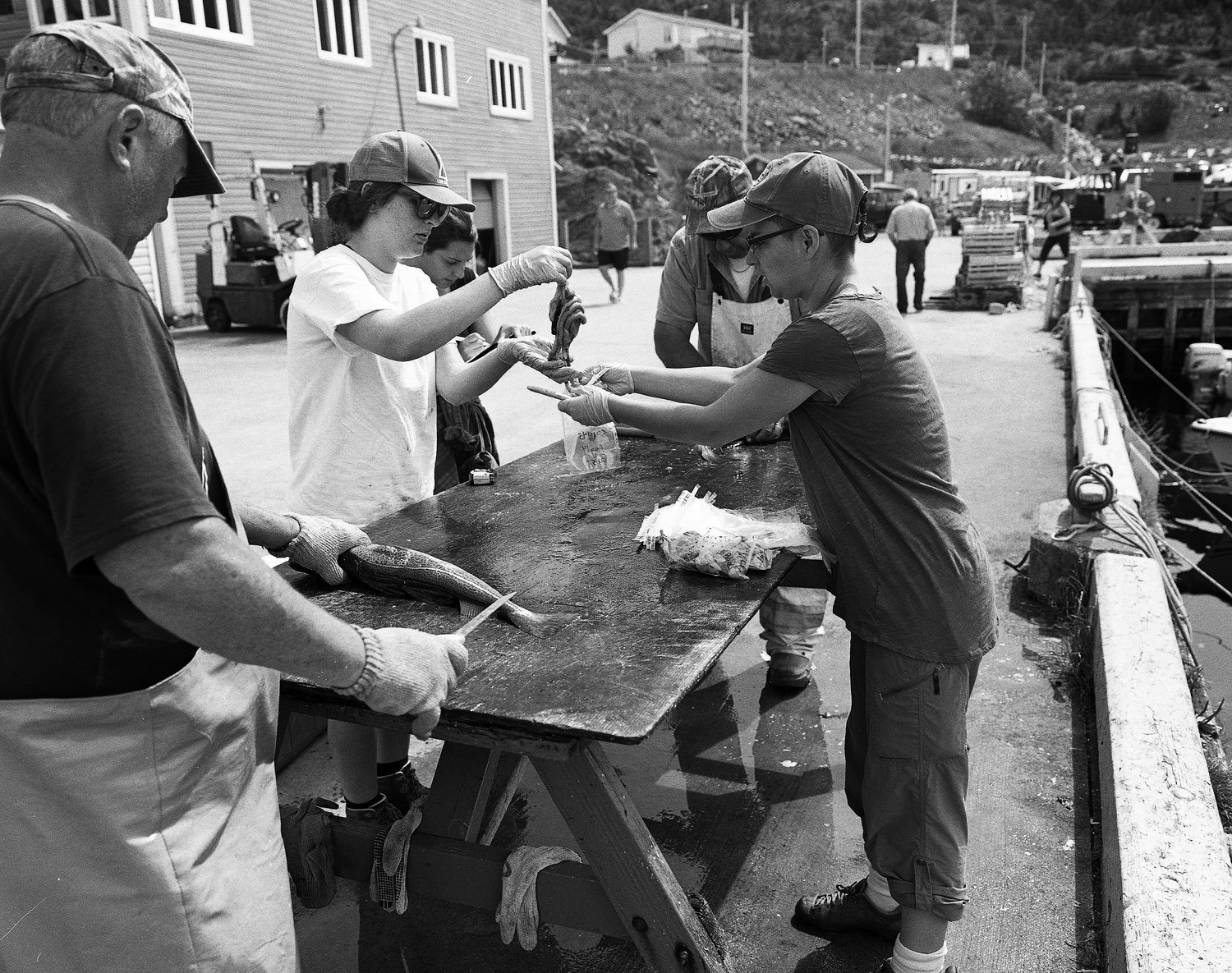CLEAR is an interdisciplinary lab, and our scientists and social scientists often have the opportunity to work alongside artists, filmmakers and designers. Often (though not always) this is structured through our Artist in Residence (CLEAR AIR) program. Some of the intellectual and artistic work that artists and designers at CLEAR do are organically part of overall lab projects and are not obvious as “art outputs” For example, insights from CLEAR AIR member Emily Roehl have made us think more carefully about what goes into our map keys in our scientific work. But sometimes we/they make stuff that looks like art. One of the greatest benefits of our work with artists is how having a discipline that is so very different from the usual ones we use in our research allows CLEAR lab members to come together as equal learners and participants in something relatively new. It is one of the many things that cohere us as a collective, rather than a collection of individuals that happen to work in a lab at the same time.
As with all CLEAR collaborations, simply adding art is not inherently good. Goodness comes from being in good relations. Artists who work with CLEAR go through our collective consent process to ensure their processes and products are in good relations with the entire lab. While this doesn’t necessitate a collaborative process to create the art, it often has. Artists become full CLEAR lab members, bound to the ethics, accountabilities, and processes of the lab overall. They can participate in other CLEAR projects as well as working on art. Our collaborations with artists have matured over time. We now require that all artists are paid and have all the same support as other CLEAR members, and use contracts to ensure they own their Intellectual Property (art).
The following are stand-alone art and design projects that have happened within or through collaborations with CLEAR. Links to more detailed project descriptions and artist websites follow.
A Workbook
A Workbook, by Emily Roehl in collaboration with CLEAR (2021): “This workbook contains excerpts from artists and scholars who have grappled with the complicated histories of mapping and/or oil. It offers questions for reflection that guide you through a process of thinking and responding. The workbook asks you to consider your own spatial and resource relations in terms of land and colonialism. The workbook concludes with three prompts: proposals for ways you might turn your reflections into creations” (pp 02).
Collective Listening: CLEAR Soundscapes
Collective Listening: CLEAR Soundscapes, facilitated by Prakash Krishnan (2021): This Artist-In-Residence (AIR) project sought to explore, through the use of soundscapes and sound walks, CLEAR members’ commitment to forming better land relations within and outside of laboratory research. Following Dylan Robinson’s suggestions in Hungry Listening: Resonant Theory for Indigenous Sound Studies (2020) for developing an anti-colonial listening practice, CLEAR members were instructed to record and describe a local soundscape or soundwalk. The goals of this exercise, along with introducing an anti-colonial listening practice, was to embrace a new method of environmental engagement. Through a critical listening practice, it becomes possible to reflect on individual positionalities: how and where we take up space, as community members, visitors, and settlers.
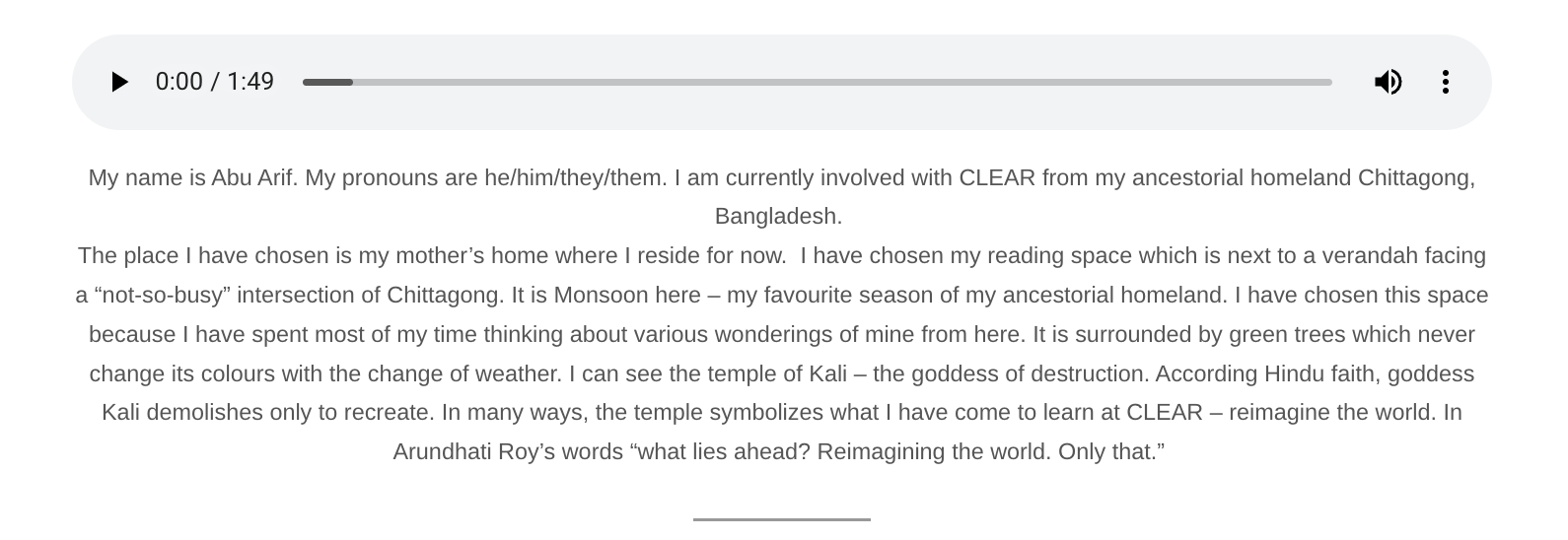
Knowledge Quilt
Knowledge Quilt, by Pam Hall with CLEAR members (2021): For her artist in residence project, Dr. Pam Hall used techniques of facilitating collective reflections on what knowledge is and how it relates to place to create a quilt-like cloth with insights on emplaced knowledge from CLEAR lab members. First, she curated a series of conversations in the lab using prompts and questions. Then, each CLEAR member illustrated a key idea that emerged from these group conversations on a piece of cloth from a deconstructed lab coat. These were sewn together and annotated to create a cloth housed in the lab.
A Conversation
A conversation, facilitated by Mukhtara Yusuf (2020): For their Artist in Residence project, Mukhtara Yusuf shared stories about the both painful and healing intersections between art, science, and colonial ways of knowing with CLEAR members. These stories and the resulting conversation was not recorded.
Collaborative Filmmaking
Collaborative Filmmaking with Noah Hutton and Taylor Hess (Couple3 Films) (2018-2020): CLEAR and Couple3 Films (Taylor Hess and Noah Hutton) have worked together on a number of short documentary projects using a participatory filmmaking approach. Noah and Taylor became full lab members of CLEAR for their first project with us, GUTS, where this collective editing and final consensus approach was developed, including the creation of a media consent form that highlights our shared responsibilities to one another in a participatory model. Since then, we have worked on several other short films together.
How We Do Science
How We Do Science, by Bojan Fürst (2016-2018): “Between the August of 2016 and the winter of 2018, I’ve been working with a group of researchers and students at Memorial University of Newfoundland’s Civic Laboratory for Environmental Action Research (CLEAR) on a photography project we, for now, call How we do science?… The idea behind the photographs is to engage with daily realities, to quote Stuart Franklin, of how science is done at least in this particular lab. To that end, as a photographer, I am working more closely with the researchers than I normally would in similar documentary projects. One of the ways we collaborate more closely is that the researchers play editorial and curatorial role for the project.”
